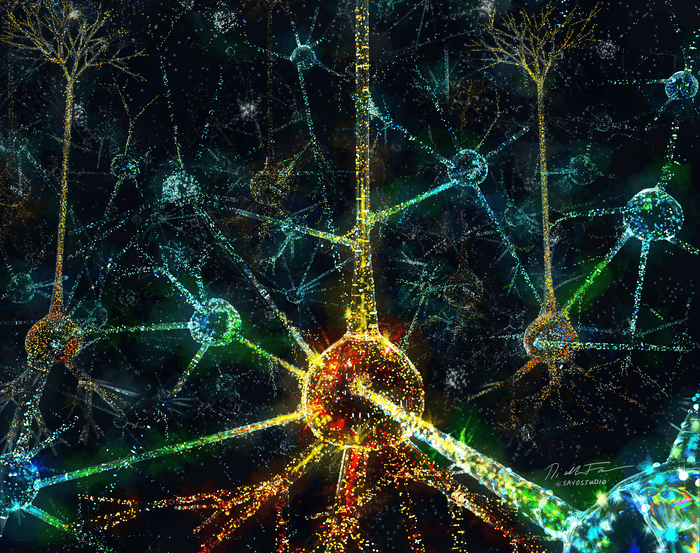Humans share a fundamental understanding of our surrounding environment. For example, we all know not to touch the hot stove or to wear a jacket in the cold. However, each individual has an unique way of interpreting the information we process, or our neural code.
Have you ever found yourself raving over a meal while your dinner date cannot stand the taste of it? Two people may share vastly different reactions to the same food, music or a variety of stimuli. Jerry Chen, a Boston University College of Arts & Sciences assistant professor of biology, has set out to answer the rationale behind our information processes by “cracking the neural code.”
In his latest research, Chen sought to understand the genetic and electrical influences that direct cognitive functions such as sensory processing, learning, and memory. Chen is seeking to “crack the neural code” by studying two important factors. “You need to know at least two things. First, you need to be able to measure the activity of neurons in the brain as a subject is carrying out different cognitive tasks. And second, you have to know the identity of those neurons which we can learn about through the genes they express,” Chen explains.
Using mice to crack the neural code
Chen and his team studied how a mouse brain responds to sensory information. They specifically focused on the perception of touch with their subjects. The goal of the study was to deconstruct the brain into its individual components to understand how these different cells interact to generate perception and cognition.
There are hundreds of thousands of neurons in the brain, all carrying out different functions. Chen’s team collaborated with Allen Institute for Brain Science to create a “neuron catalog” to collect a census of the different types of neurons in the brain. Though the catalog only describes the molecular composition of the neuron, the research team was able to leverage this information and add the subsequent layer—the functions and activity patterns of the cells themselves. The catalog allowed Chen and his team to study each cell’s functionality in the catalog in a more comprehensive manner.
“This is why we call it Comprehensive Readout of Activity and Cell type MarKers, or CRACK (ie. a pun on “cracking neural circuits”). Our CRACK technology will pave the way for a “catalog 2.0,” allowing researchers to collect both molecular and functional information about all of the cells in the brain,” adds Chen.
The team used the CRACK platform to observe a specific part of the cortex associated with the perception of touch. They observed the communication between different neurons when an object was touched. Additionally, how the neurons responded to environmental change was also observed.
It’s all about hub cells
The study found that when observing the surrounding world, the brain processes the scene’s stimuli, but also tries to apply information learned in the past to determine exactly what you are sensing. For example, you may find yourself digging through your bag to locate your car keys. Going into your search, your brain already has a prior concept of what keys feel like. Therefore, as you sort through different stimuli, the brain rules out objects that do not feel similarly to keys. However, you may come across something jagged, similar to a key, and the brain will trigger a response indicating you are on the right track or that you have located your keys.
This observation allowed researchers to uncover a dedicated circuit of specific cells called “hub cells.” Hub cells alert the brain when they have come across an object that warrants further investigation. Additionally, the study found that certain genes that are crucial for learning and adaptability are always turned “on” in hub cells. “When environments change, these cells respond by trying to compensate for these changes. We think this could be a way for the circuit to “remember” or “not forget” how to process information in the old environment,” Chen explains.
These findings are relevant for individuals that have an altered sense of perception such as stroke victims or those with Autism Spectrum Disorder. By being able to view the brain in this multi-layered light, Chen is hopeful his findings will bring about highly-specialized treatments for this population.
This study is published in the journal Science.
Article written by Elizabeth Bartell







-392x250.jpg)



